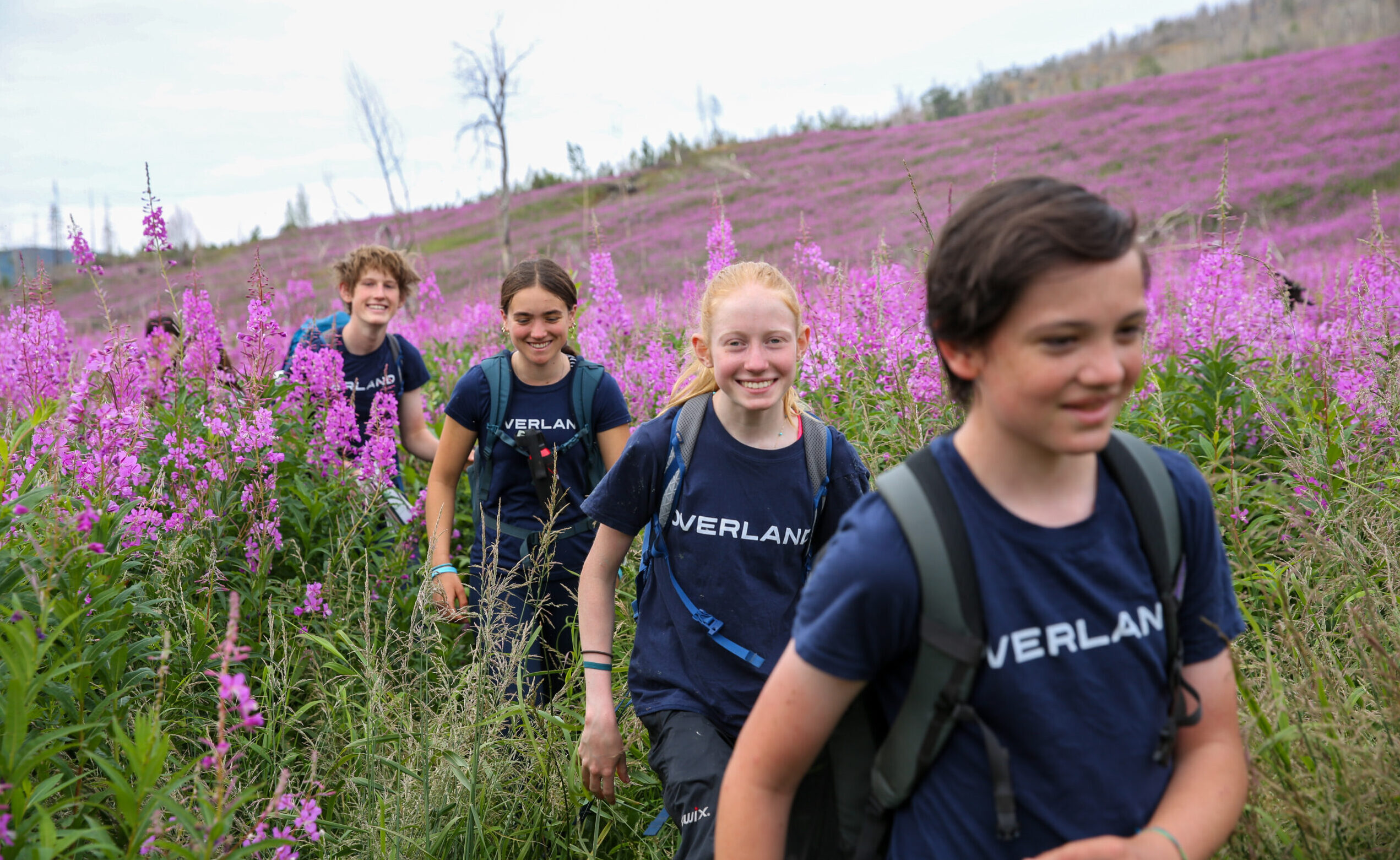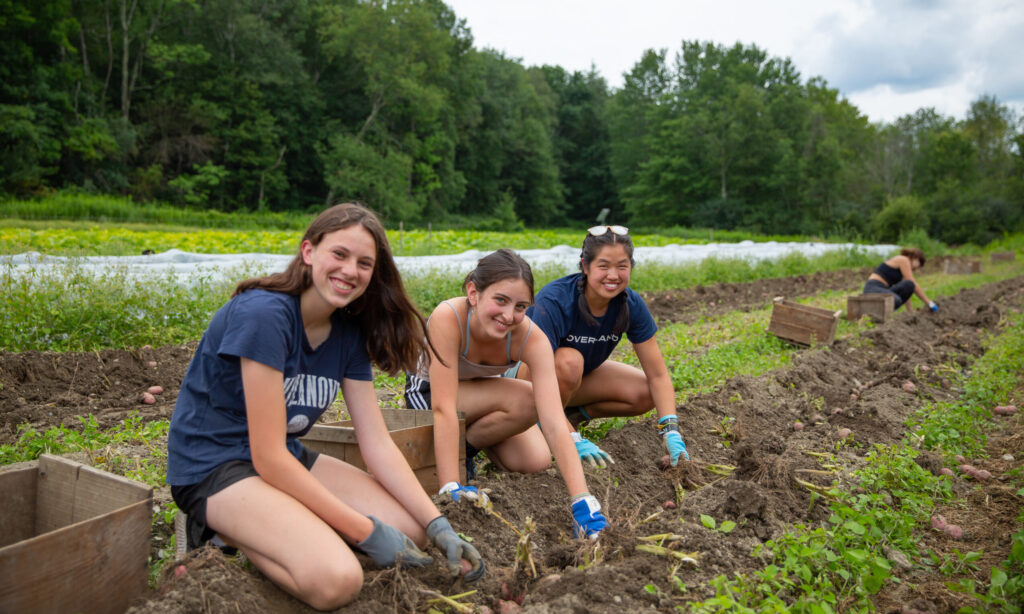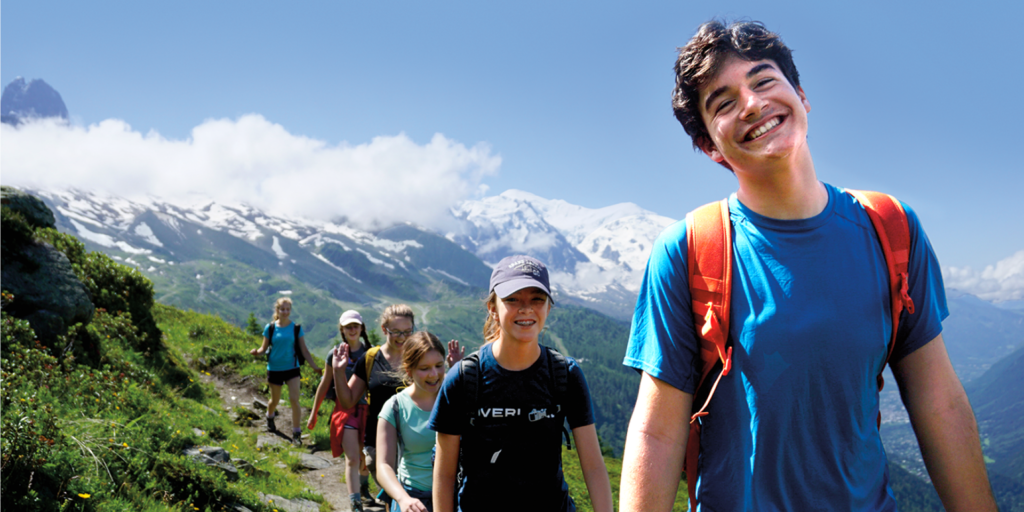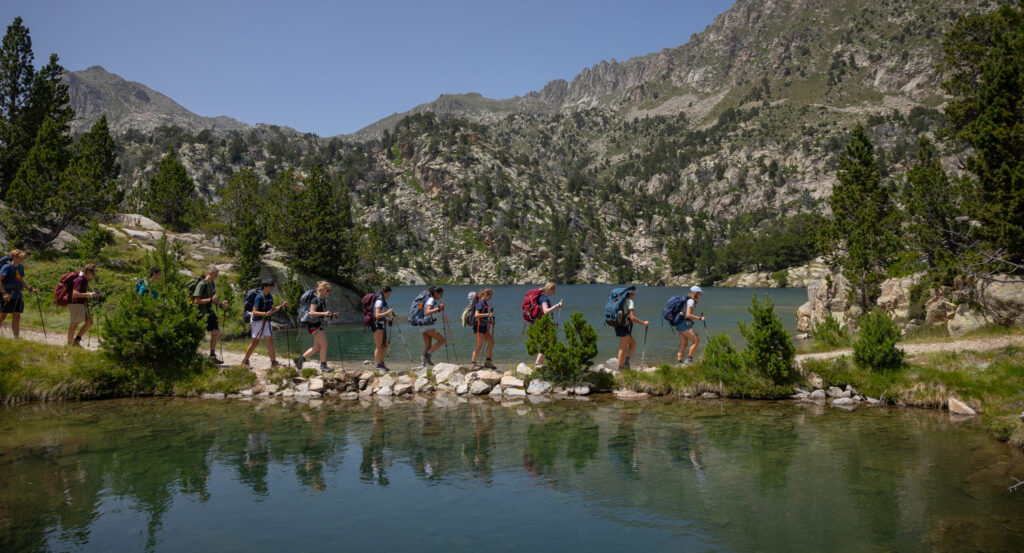INTRODUCTION
Embarking on a teen summer hiking trip is an exhilarating and rewarding adventure!
This summer, Overland students across the country and around the world will embark on trips of their own. Some will be just a week-long and stay local to the Berkshire Hills; others will be three weeks long and climb some of the world’s most iconic mountains – like Kilimanjaro!
Whether you’re about to tackle a day hike or a multi-day trek, adequate physical preparation is essential for a safe and enjoyable experience. If you’re headed out on a teen summer hiking trip, read on for the best way to prepare for your trip!
TODAY’S GUEST AUTHOR: ALEX DUNN
As a trip planner for Overland, part of Alex Dunn’s job is to help students prepare for their trips by building training plans and offering guidance during their months of spring preparation.
Over the years, Alex has found that training body and mind before setting foot on the trail will not only enhance your endurance and strength but also ensure that you can fully appreciate the natural wonders that await you!
ALEX DUNN’S EIGHT TRAINING TIPS FOR A SUMMER HIKING TRIP
- Being active is a great starting point!
- Break in those boots!
- Gradually Increase Intensity and Duration
- How far should a beginner hike?
- Emphasize Leg and Core Strength
- Take your backpack with you!
- Enhance Flexibility and Mobility
- Get Your Heart Pumping
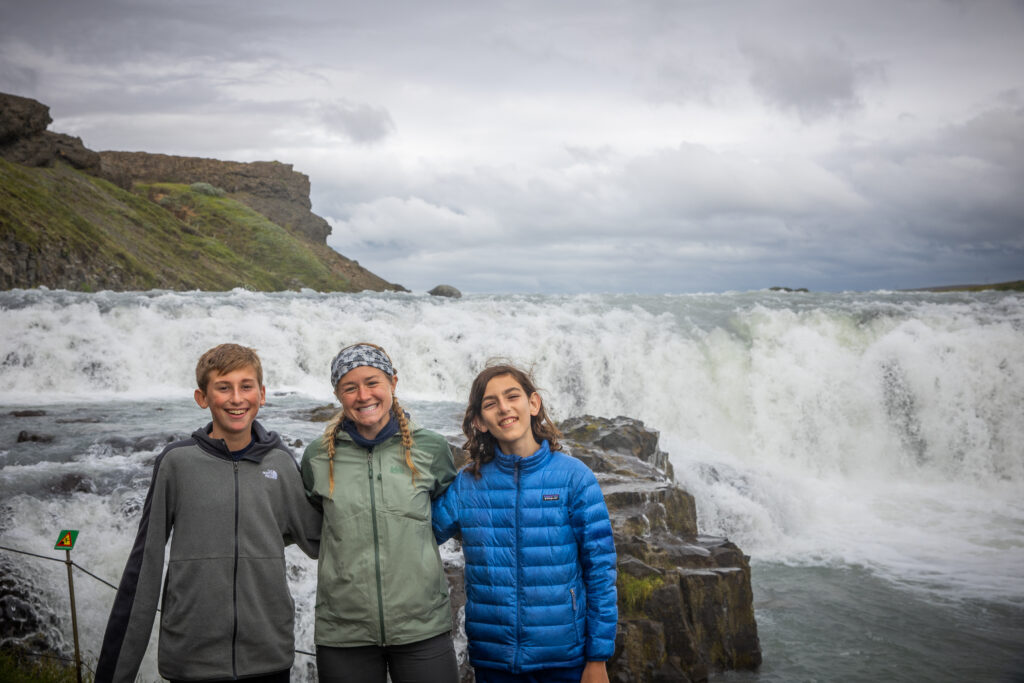
TRAINING TIP #1: Being active is a great starting point!
Before diving into a training plan, establish a solid routine of being active on a daily basis. Are you someone who walks to school or rides your bike around your hometown? Do you play after-school sports or compete on a team in some capacity? All of these activities will help you on your path to training for hiking. It’s also a huge help because those activities are often already incorporated into your daily schedule. By developing a strong base level of activity, you’ll be better equipped to tackle the challenges of the trail.
TRAINING TIP #2: Break in those boots!
Next, it’s important to be comfortable in your gear. Breaking in your hiking boots is vital for a comfortable hiking experience. It allows the boots to conform to your feet, reducing the risk of blisters and discomfort. It also strengthens your feet and ankles, minimizing the chances of injuries. Our friends over at REI can’t stress this enough: take your time to gradually wear them on shorter walks before hitting the trail! Curious about what gear would work best for you? Check out some tips on how your hiking boots should fit in this blog: What gear do I need for a multi-day backpacking trip?
TRAINING TIP #3: Gradually Increase Intensity and Duration
Once you have a solid fitness foundation, gradually increase the intensity and duration of your training sessions. Alex recently reviewed a publication from adult travel industry leaders, Mt. Sobek, which discussed the benefits of thoughtful training plans. Gradual progression allows your body to adapt and minimize the risk of injury. Incorporate uphill hiking or stair climbing to simulate the demands of hiking on inclines. Lengthen your training hikes progressively, simulating the terrain and elevation gains you expect to encounter during your trip. As you increase your training load, ensure you listen to your body and give yourself time to rest and recover.
TRAINING TIP #4: How far should a beginner hike?
If you’re just starting your hiking journey, pick a route no longer than 5 miles on easy trails with minimal elevation gain. A good target pace is around 2-3 miles per hour. As you build strength and confidence, slowly increase the total mileage and elevation gain. Avid hikers top out around 15 miles a day!
TRAINING TIP #5: Emphasize Leg and Core Strength
Hiking places significant demands on your leg muscles and core stability. To prepare for the uphill climbs and uneven terrain, focus on exercises that target these areas. Squats, lunges, step-ups, and calf raises are excellent for building lower body strength. Students on our Alpine Explorer trip, for instance, will traverse the Alps this summer, and in some cases, climb – or descend – over 5,000 feet in a day. It’s important to have all those great stabilizing muscles well-prepared!
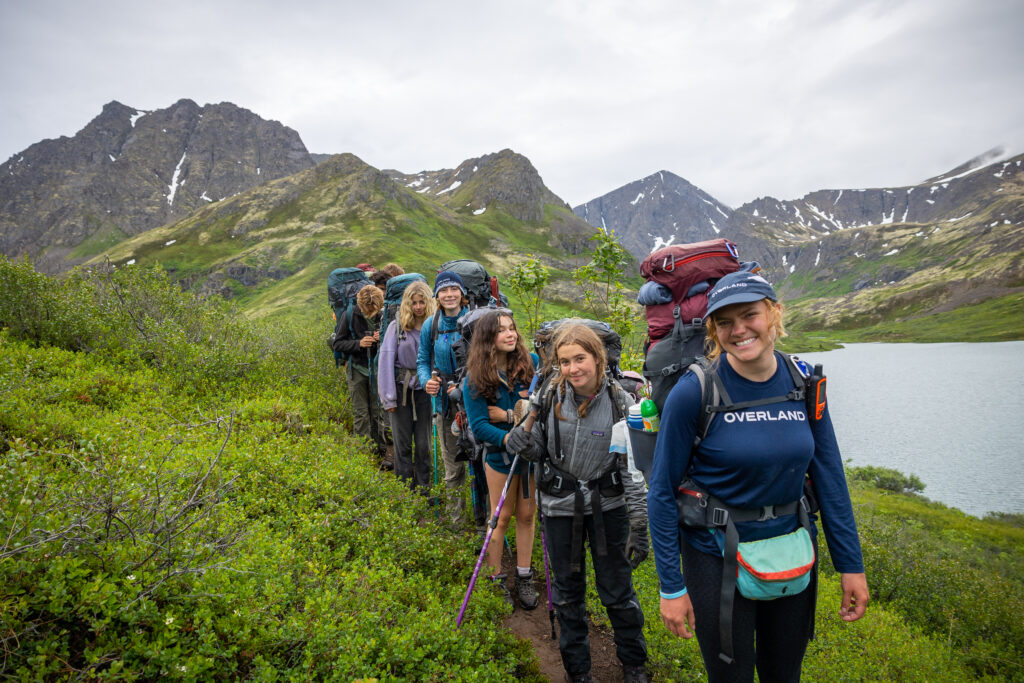
TRAINING TIP #6: Take your backpack with you!
Carrying a backpack during your training hikes adds an extra challenge to your physical exertion. To prepare for this, gradually increase the weight of your backpack during training hikes. Begin with a lighter load and gradually work your way up to the weight you expect to carry on your hiking trip. This will help condition your muscles and joints for the additional strain and improve your overall endurance. How you organize the gear in your pack can also make a big difference in how easy it is to carry. If the weight is shifting around or unbalanced, the pack will feel heavier – so don’t forget to read some tips for tackling this seemingly simple task.
TRAINING TIP #7: Enhance Flexibility and Mobility
Flexibility and mobility are crucial for avoiding muscle strains and enhancing your hiking experience. Incorporate stretching exercises into your training routine. Yoga or Pilates can be beneficial for improving flexibility, balance, and body awareness. Remember to stretch before and after each training session to maintain optimal mobility.
TRAINING TIP #8: Get Your Heart Pumping
It’s important to think about training for a hiking trip that may include high altitude hiking. You’ll need a strong heart and lungs. Incorporate interval training into your workouts. Alternate between high-intensity bursts and periods of active recovery. This will help your body adjust to the thinner air and can improve your body’s ability to utilize oxygen efficiently. Practice deep breathing. Diaphragmatic breathing, also known as belly breathing, can help improve oxygen uptake and promote relaxation. Incorporating breath control techniques into your training can be beneficial in adapting to high-altitude conditions.
CONCLUSION: FITNESS, STRENGTH, AND FLEXIBILITY!
Training for a teen summer hiking trip requires dedication and a well-rounded approach. By gradually increasing your physical fitness, building strength, improving flexibility, and familiarizing yourself with your gear, you’ll set yourself and your entire group up for a successful and enjoyable adventure. Remember to pace yourself during training, listen to your body, and give yourself ample time to rest and recover. With proper preparation, you’ll be ready to create lasting memories amidst nature’s beauty—whether that’s in New England, the Rockies, Alaska, or even in the Alps!
How To Choose A Summer Adventure For Your Child
Get first-hand insights into what you should look for when choosing the next summer travel adventure for your child.
